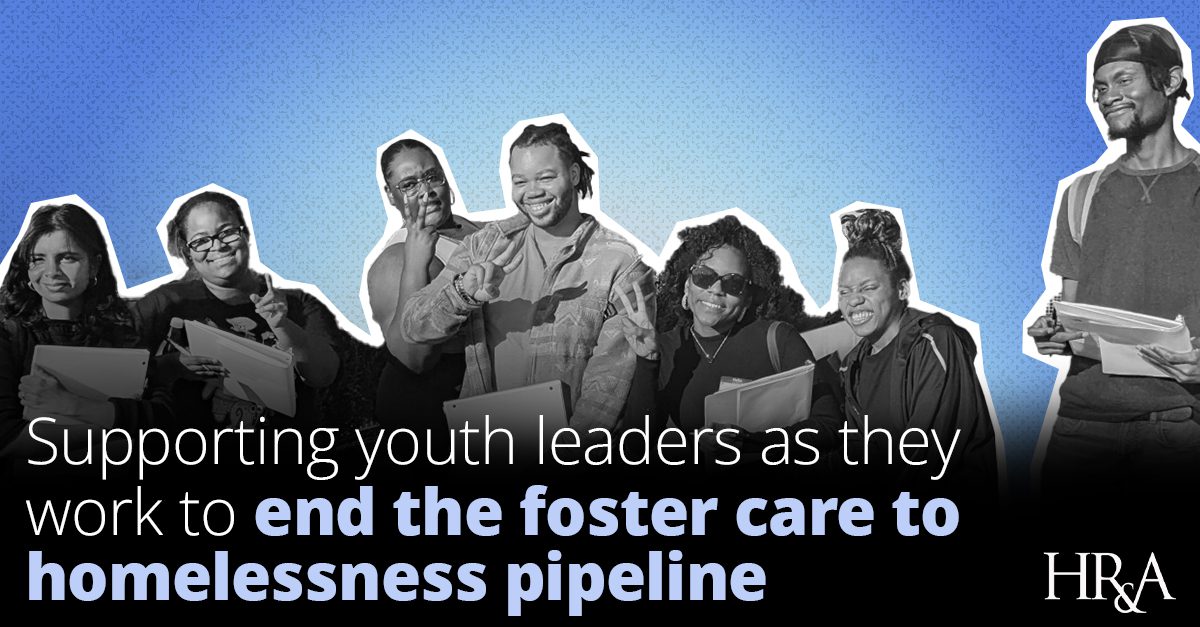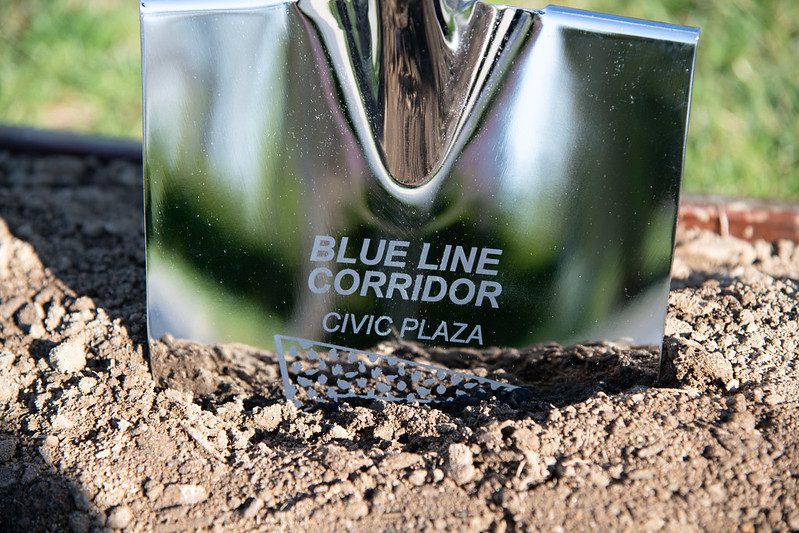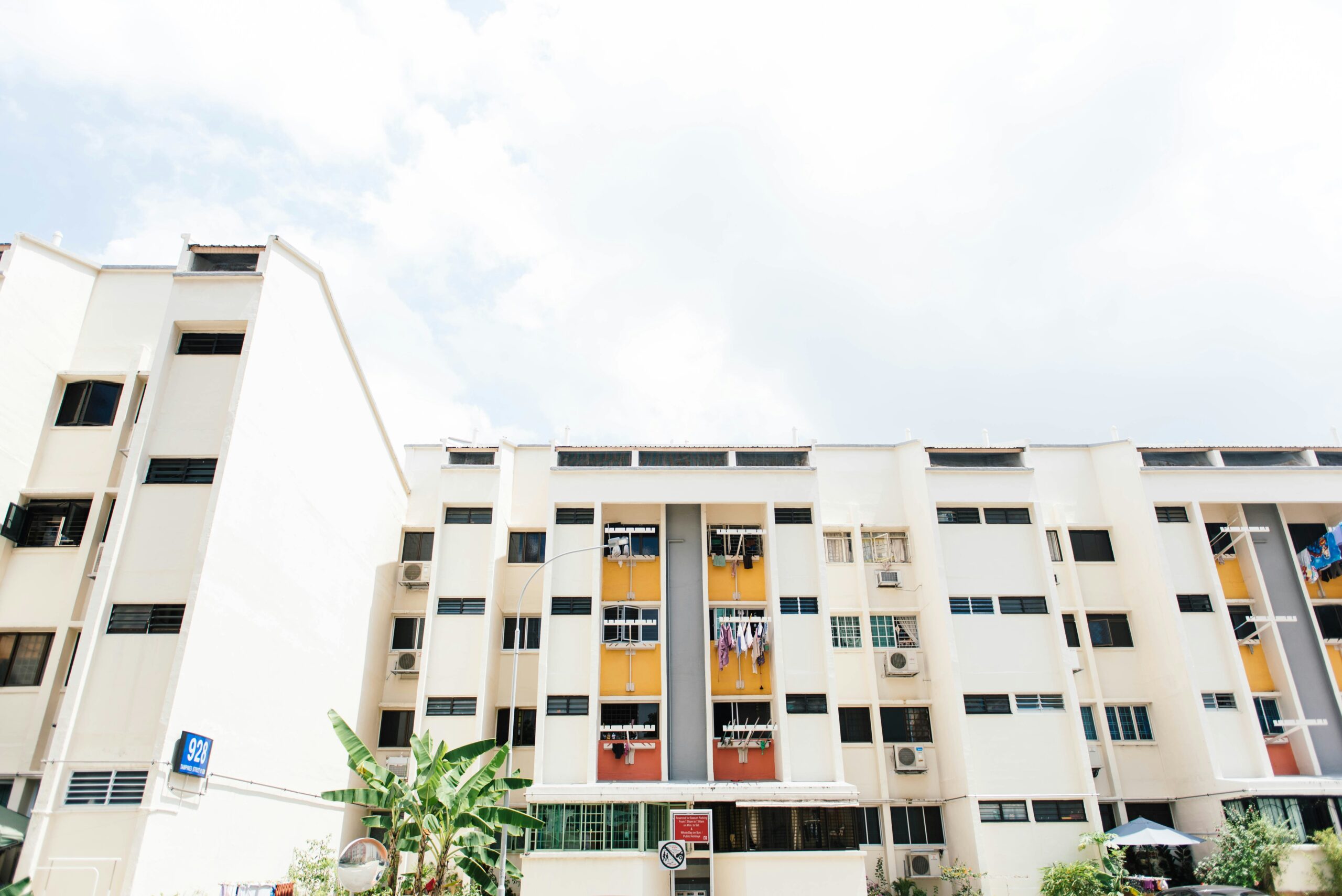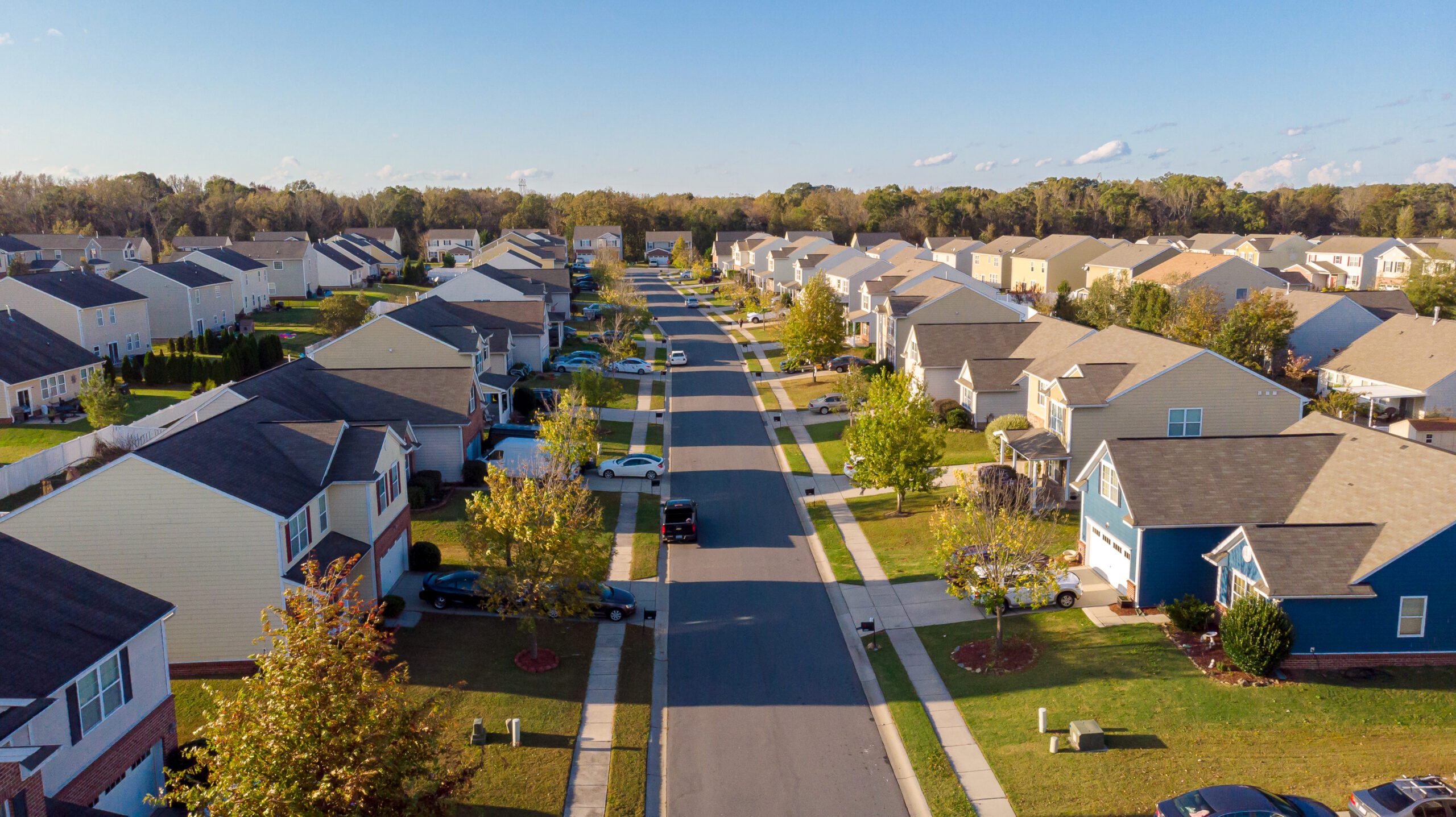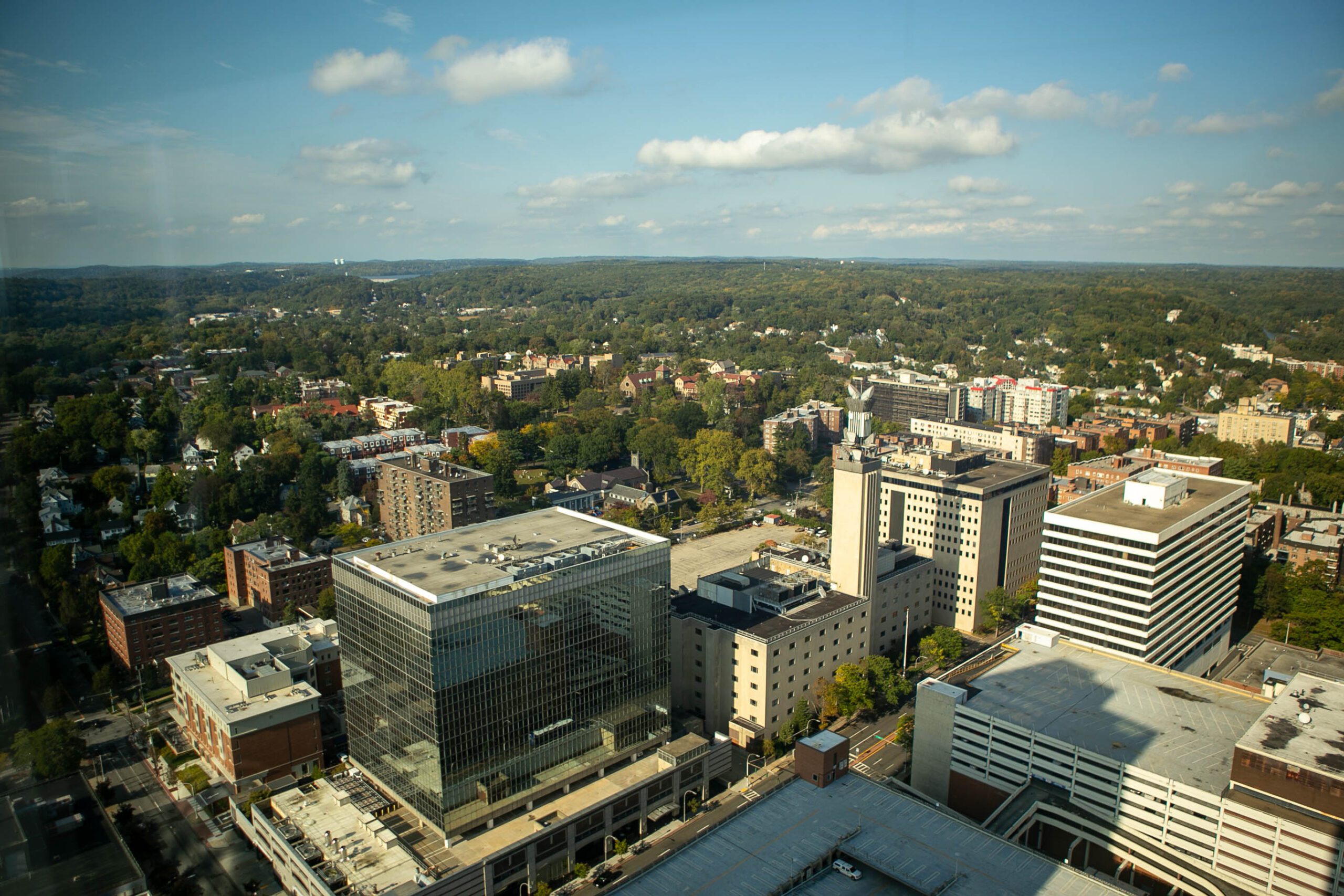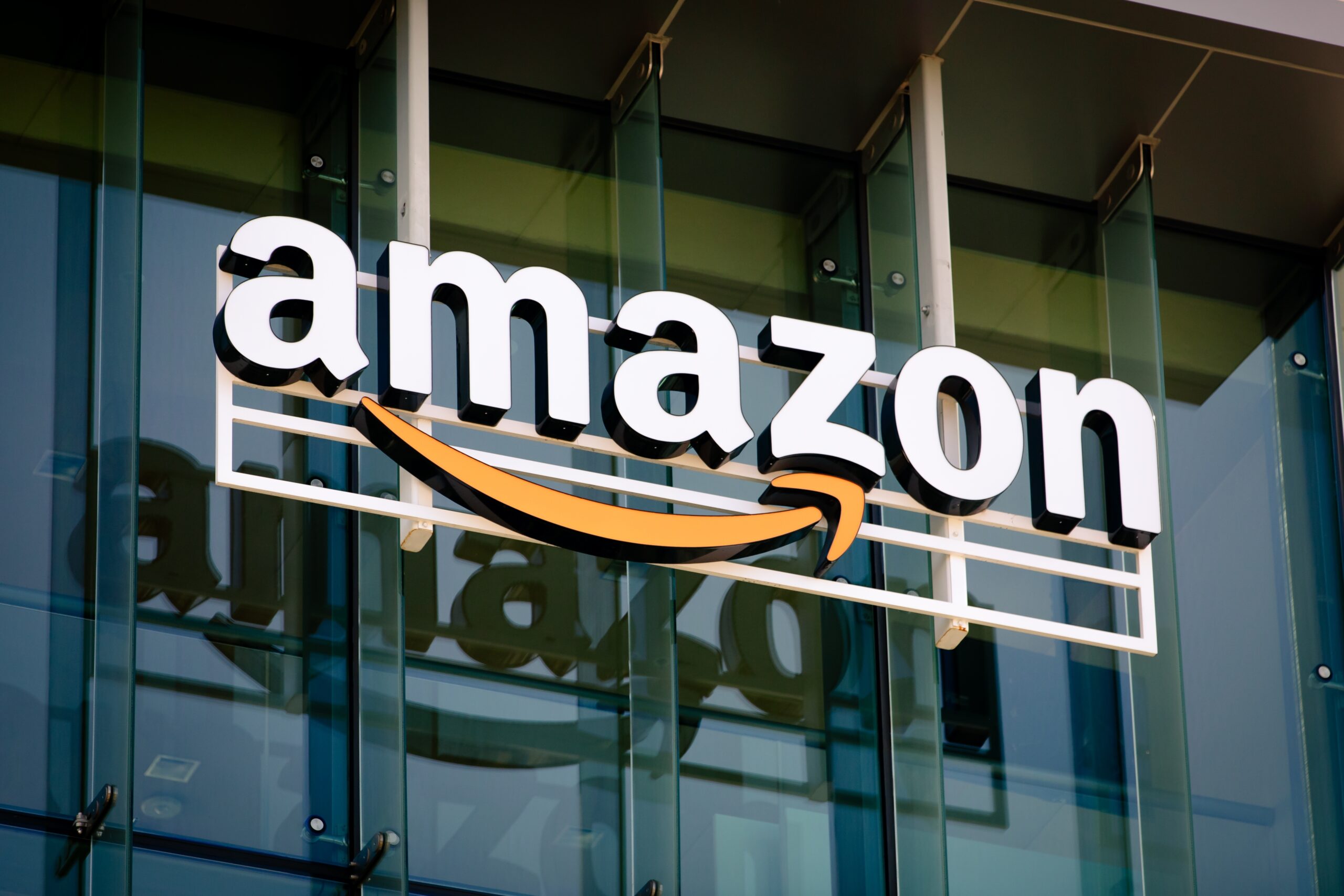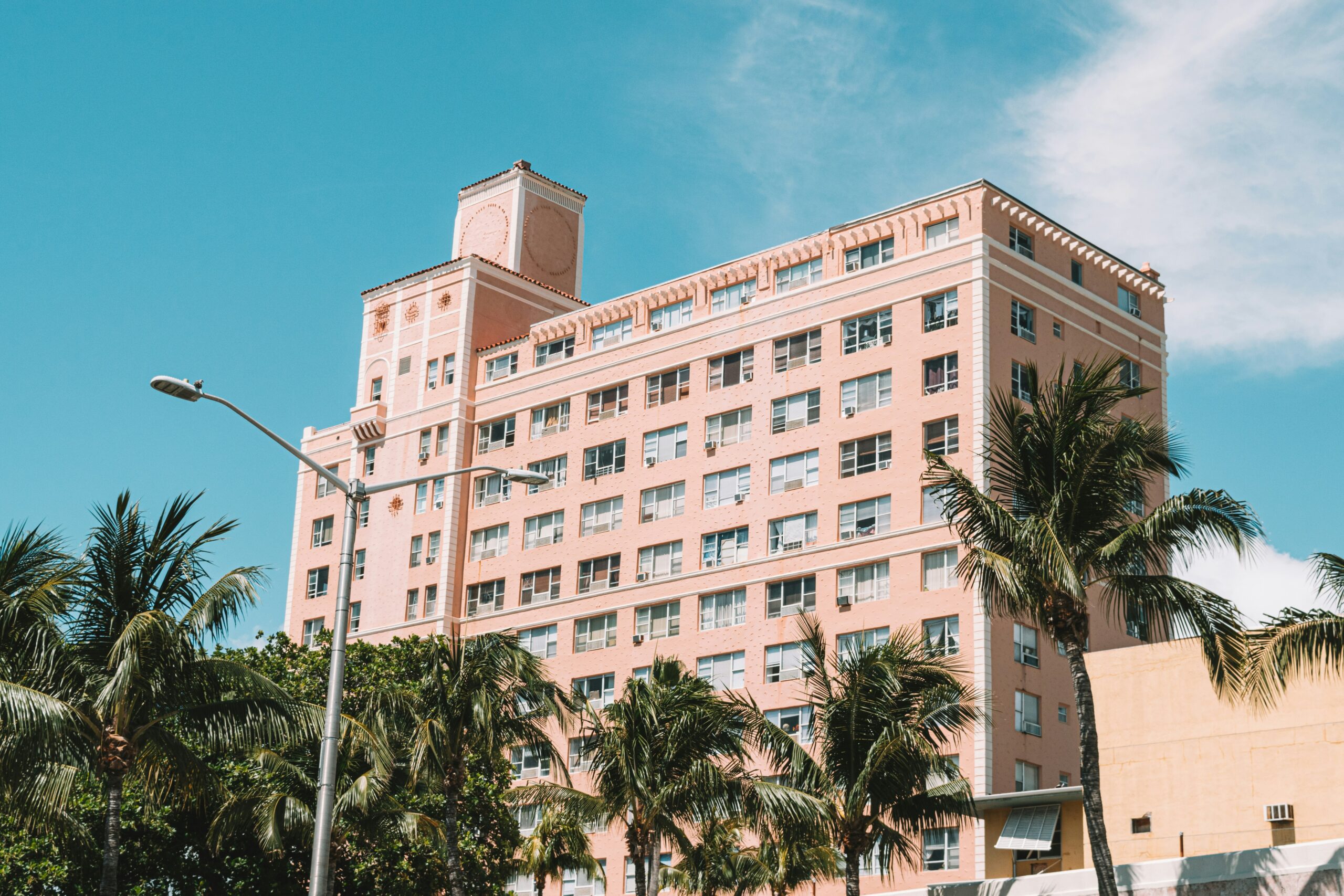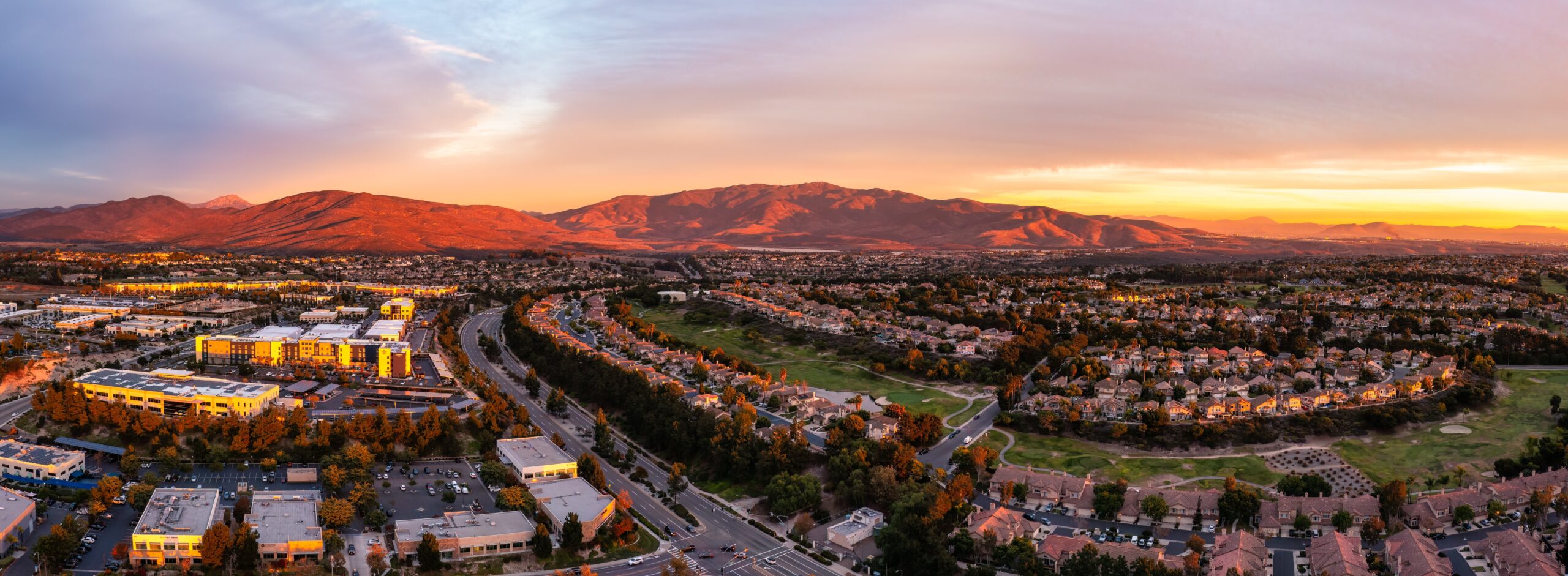Thrust into New York City’s impossibly tight housing market, youth in and exiting foster care face extreme housing precarity and, too often, homelessness. HR&A is proud to support the Center for Fair Futures’ new report, Housing Justice for Young People Aging out of Foster Care in New York City, which lays out a five-year plan to provide 800 new homes for youth exiting foster care. The findings in this report present an opportunity for policymakers, service providers, and mission-driven investors to come together to prevent homelessness for a uniquely at-risk population.
National research has found that 31 to 46 percent of transition-aged foster youth had experienced homelessness at least once before they turned 26. In New York City, of the 429 youth who aged out of foster care in 2023, 31 percent had to stay in a foster or group home because they simply had no other housing options.
HR&A was honored to design and implement the Fair Futures Housing Design Fellowship, through which we engaged six youth leaders who struggled to find housing after leaving foster care, shared information on affordable housing development in New York City, and supported the Fellows to articulate new quality standards that all housing for young people aging out of care should meet.
Equipped with this youth-led definition of quality housing, HR&A modeled three opportunities to blend traditional, market-driven private investment with mission-motivated capital, generating returns of 4% – 6% for mission-aligned funders. Our research finds that through a mixture of private capital and policy change, there is a viable pathway to set aside – over five years – 800 homes for youth exiting the system, effectively ending the City’s foster care to homelessness and housing insecurity pipeline.
Housing Justice for Young People Aging out of Foster Care in New York City articulates a clear policy and financing roadmap to dramatically curtail homelessness and housing insecurity among youth impacted by foster care. We are grateful to our partners The Center for Fair Futures, The Children’s Village, and Good River Partners, and to The Conrad N. Hilton Foundation for providing funding to support the project.
Explore
Read the Full Report: “Housing Justice for Young People Aging out of Foster Care in New York City”
New Report Charts Vision to End New York City’s Foster Care to Homelessness Pipeline
Youth Launch Bold Strategy to End NYC’s Foster Care to Homelessness Pipeline
Press
Wanted: Financing for quality housing for youth exiting foster care — ImpactAlpha
Young people are stuck longer in foster care because they can’t find housing, report says — Gothamist
Report Charts Vision to End NYC’s Foster Care to Homelessness Pipeline —Patch
Opinion: How 800 Homes in Desirable Communities Could Disrupt a System-to-Homelessness Pipeline — City Limits
Initiative to secure permanent housing for adults aging out of foster care — Spectrum News NY1
Report Charts Path to Create Housing for NYC Youth Aging Out of Foster Care — Affordable Housing Finance
